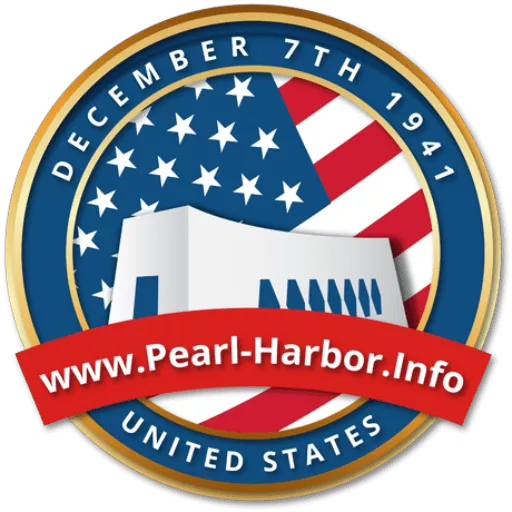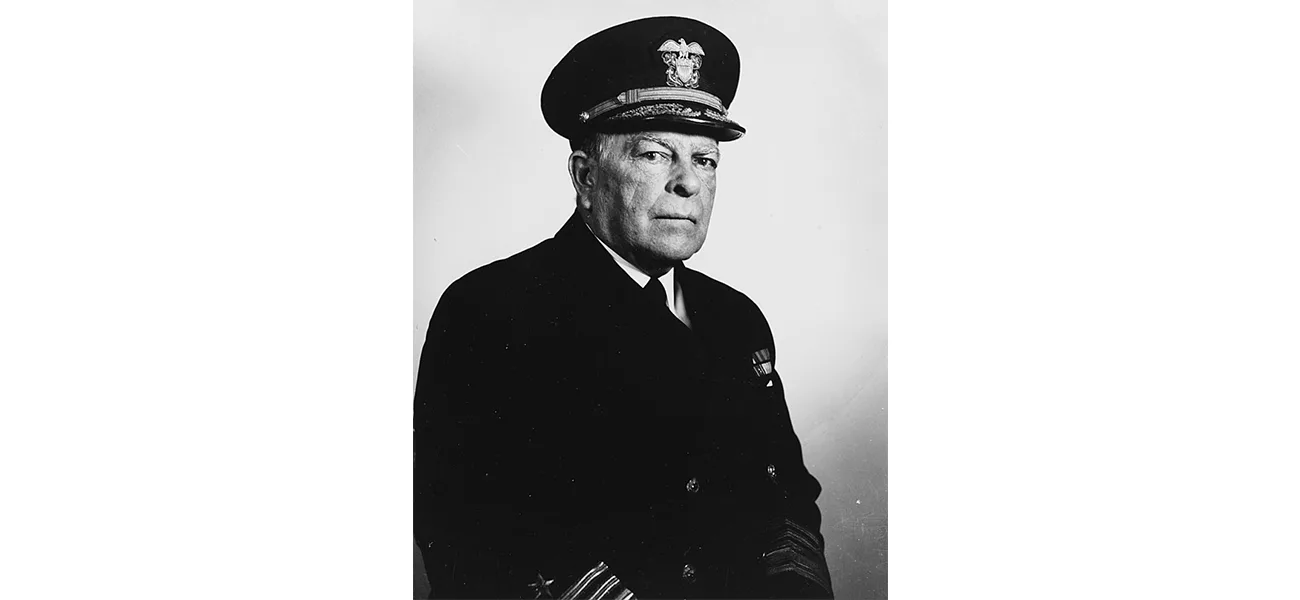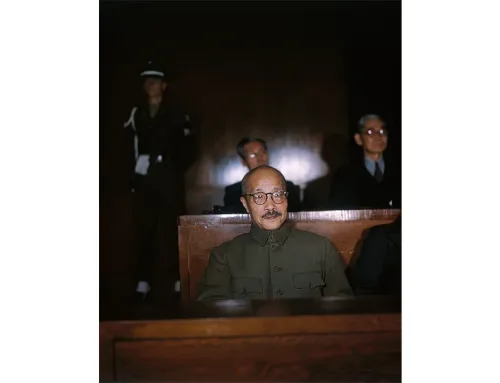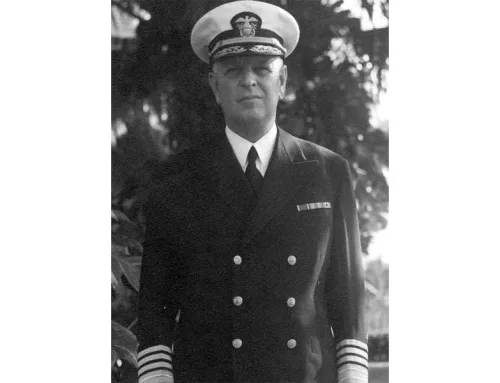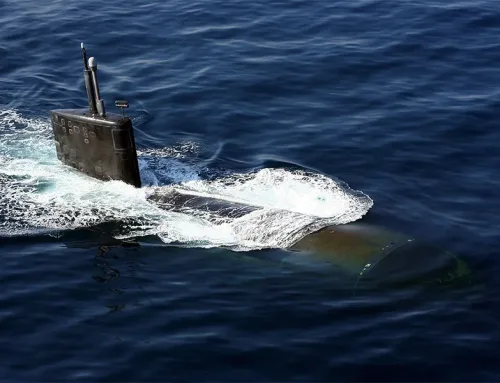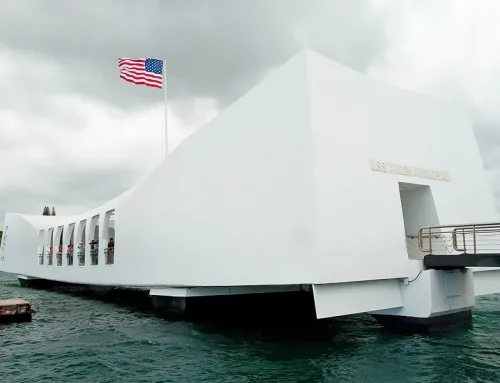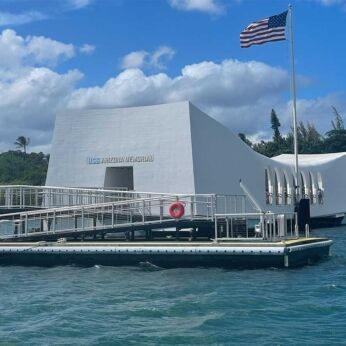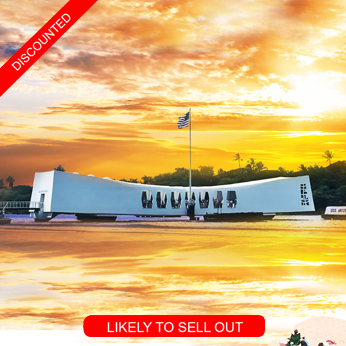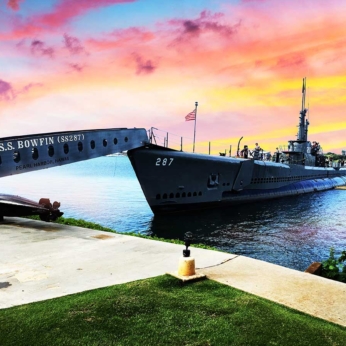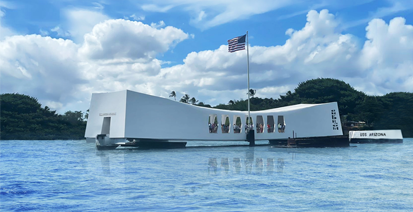William S. Pye and the Fall of Wake Island
Vice Admiral William S. Pye source: [1]
William S. Pye and the Fall of Wake Island is a story of leadership, wartime decision-making, and a controversy that remains debated to this day. In the aftermath of the attack on Pearl Harbor, the U.S. Navy scrambled to respond, and Pye found himself thrust into a crucial role at a critical moment in history. His short tenure as Acting Commander-in-Chief of the Pacific Fleet would be defined by one pivotal decision—the abandonment of Wake Island.
The Rise of William S. Pye
Born on June 9, 1880, in Minneapolis, Minnesota, William Satterlee Pye began his naval career at the age of 17 when he entered the United States Naval Academy. After graduating, he was commissioned as an Ensign and embarked on a long and distinguished career in the U.S. Navy.
Throughout his early years, Pye served on multiple ships and held positions at the Naval War College and the U.S. Naval Academy. In 1916, he became the commissioning officer of the USS Jacob Jones (DD-61), a newly launched destroyer. He later joined the staff of the Commander-in-Chief of the Atlantic Fleet during World War I, a role that earned him the Navy Cross for his outstanding service.
During the interwar years, Pye continued to rise through the ranks, serving as the Executive Officer of the USS Pennsylvania (BB-38) and later commanding the USS Nevada (BB-36). Both battleships, along with the USS Oglala (CM-4), another ship he once commanded, were at Pearl Harbor on December 7, 1941.
A Controversial Decision in the Pacific War
When Admiral Husband E. Kimmel was relieved of his command following the Pearl Harbor attack, Pye was appointed Acting Commander-in-Chief of the Pacific Fleet on December 17, 1941. At this time, the Japanese were advancing rapidly across the Pacific, and Wake Island, a small but strategic U.S. outpost, was under siege.
Initially, Pye followed Kimmel’s plan to send a relief force led by the aircraft carrier USS Saratoga (CV-3) to reinforce the embattled garrison on Wake Island. However, as Japanese assaults intensified, Pye faced a difficult choice—risk an already weakened fleet for the island or withdraw and preserve naval strength for future battles.
On December 22, 1941, he made the fateful decision to recall the relief force, leaving Wake Island to fall into Japanese hands. His reasoning was based on concerns over the vulnerability of the fleet, especially in the wake of the devastation at Pearl Harbor.
The Fallout of Pye’s Decision
The decision to abandon Wake Island was met with widespread criticism. Many within the Navy and the public believed the island could have been defended, and that its loss was a significant blow to American morale. Rear Admiral Frank Fletcher, commander of Task Force 11, reportedly struggled with the decision but ultimately followed Pye’s orders.
The fall of Wake Island on December 23, 1941, became one of the early low points of the Pacific War. Japanese forces captured the island, taking hundreds of American military personnel and civilian contractors as prisoners of war. The controversy surrounding Pye’s decision continues to be debated by historians, with some arguing that he made the right call given the precarious state of the Pacific Fleet, while others believe it was a missed opportunity to strike back at Japan early in the war.
Pye’s Later Years and Legacy
After handing over command to Admiral Chester W. Nimitz on December 31, 1941, Pye was reassigned to lead Task Force One, which patrolled the U.S. West Coast in anticipation of a possible Japanese attack. This would be his last command of operational forces.
From 1942 until his retirement in March 1946, Pye served as President of the Naval War College, where he played a key role in shaping the strategic thinking of future naval officers. He retired with the rank of Vice Admiral.
William S. Pye passed away on May 4, 1959, in Bethesda, Maryland, and was buried in Arlington National Cemetery. His decision regarding Wake Island remains one of the most controversial moments of his career, reflecting the immense pressures of wartime leadership and the difficult choices that come with command.
Final Thoughts
William S. Pye’s role in the Pacific War highlights the challenges of wartime decision-making. His choice to abandon Wake Island may have been driven by a desire to protect U.S. naval assets, but it also left American forces on the island to an unfortunate fate. His legacy, shaped by both his service and the controversy surrounding his decisions, serves as a lasting lesson in the complexities of military leadership during World War II.
Most Popular Oahu Tours
Best Pearl Harbor Tours

The following tours are recognized as the most popular Pearl Harbor Tours on Oahu. While generally, our price is the lowest in the market now, for a limited time, they are on sale too. Please be advised that Pearl Harbor tickets and USS Arizona Memorial tickets are included in all of our Arizona Memorial Tours, Pearl Harbor small group tours, and private Pearl Harbor tours.
